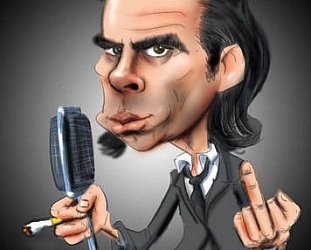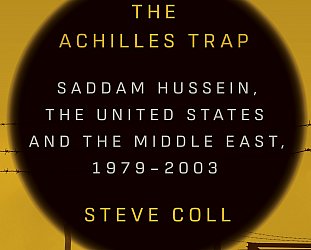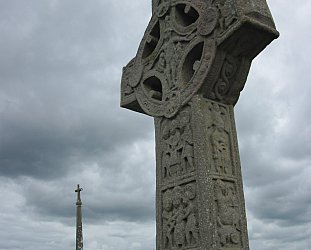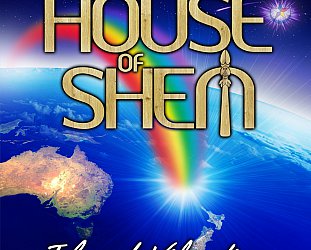Graham Reid | | 2 min read

Writer Michael Gray is not backward about coming forward: he includes an entry on himself in this massive tome published in 2006 which is alternately illuminating, absurdly amusing, opinionated or a trainspotter’s delight depending on which of the more than 2000 entries you pick.
The author of the seminal Song and Dance Man study of Dylan and his lyrics published the mid 70s (updated in 2000 to considerable critical acclaim), Gray is an obsessive Dylanologist as he illustrates here in entries such as “Jesus v Springsteen” in which Dylan’s comments on stage during his born-again period are quoted.
He is also sharp and witty: under “Keats v Dylan” -- about a debate over cultural lines -- the writer A.S. Byatt suffers a brutal dismissal. She popped up on television to discuss the qualitative difference between Keats and Dylan but announced she knew little about Dylan, “as if indeed her very unfamiliarity with Dylan’s work affirms the loftiness that justifies dismissing his work. Anyone not under a moonie spell of this clerisy might feel that if they were as uniformed about Keats as A.S. Byatt was about Dylan they wouldn’t rush onto TV to discuss his work”.
Elsewhere he skewers those whose careers or music he dislikes (rapper Kurtis Blow, Elvis Costello who he says has “become one of the old farts he used to rage against“), devotes five pages to an analysis of Dylan’s use of nursery rhymes on the album Under the Red Sky (the worst album under Dylan’s name other than his outing with the Grateful Dead), yet only gives scant attention to Dylan’s masterpiece Blonde on Blonde.
Many of Dylan’s most interesting songs are ignored, but Norah Jones gets an entry on the basis of dueting with Dylan at a private concert.
Yet it is because of its wilful and idiosyncratic nature that this brick of a book is so fascinating: Gray offers a penetrating analysis of recent songs like Highlands (from 97’s Time Out of Mind album) and Angelina recorded in 81 but only appearing a decade later, makes the case for a reconsideration of the often ignored 70 album New Morning, and makes you want to return to Slow Train Coming -- one of the born again albums -- to listen to When He Returns which the writer makes a strong case for in Dylan’s use of Biblical text and the vengeful tone.
Gray is not a blind devotee however and nails Dylan’s famous Hurricane about imprisoned boxer Rubin Carter as being factually wrong in almost every line. Even the much published photo of their encounter was faked.
Love it or hate it, this book (which comes with a searchable CD-ROM) is certainly interesting reading, and possibly even a good -- if selective -- reference text.
This is the place to come for entries such as “pre-war blues and post-structuralism”, “book endorsements, unfortunate” and “co-option of real music by advertising”.
And potted biographies of characters as diverse as T.S Eliot, Nashville session player Wayne Moss, Blind Lemon Jefferson and Franz Kafka -- all of whom have some real or tenuous link with Dylan or his work.
Strange, but strangely compelling.
Interested in more about Bob Dylan at Elsewhere? There is plenty right here.







post a comment